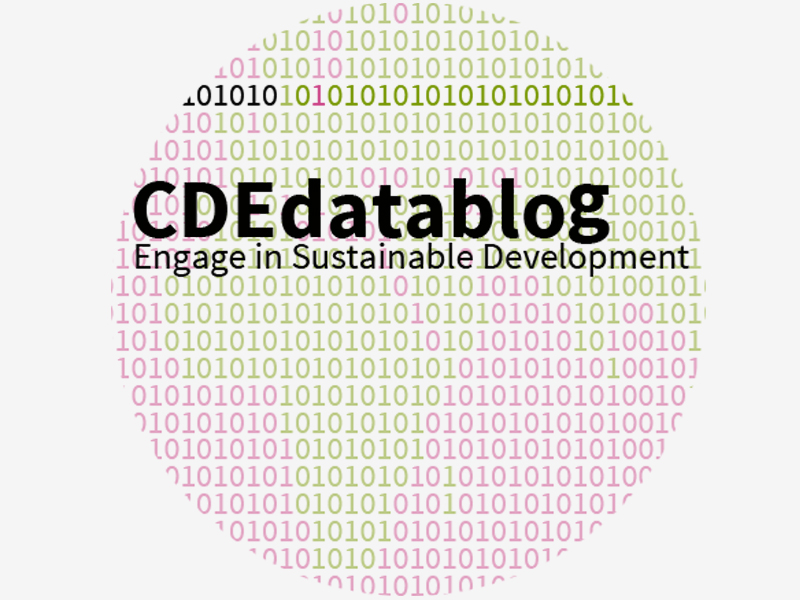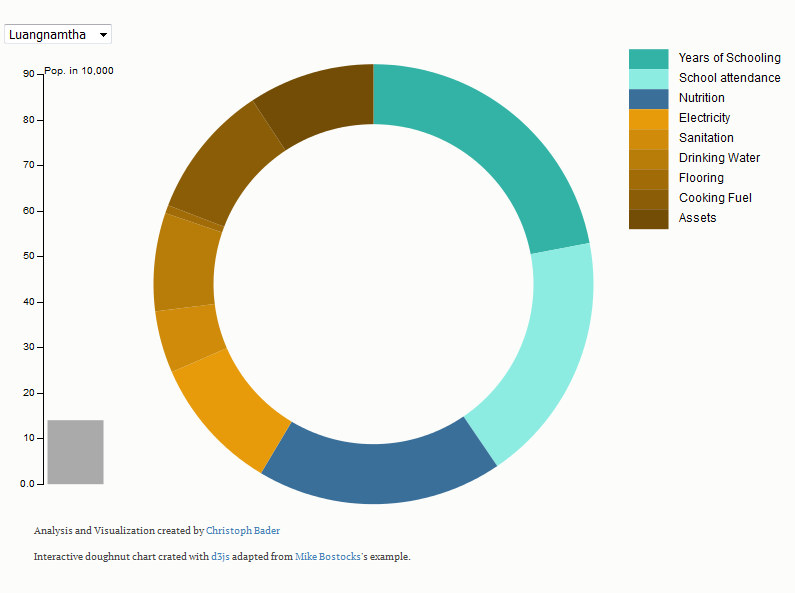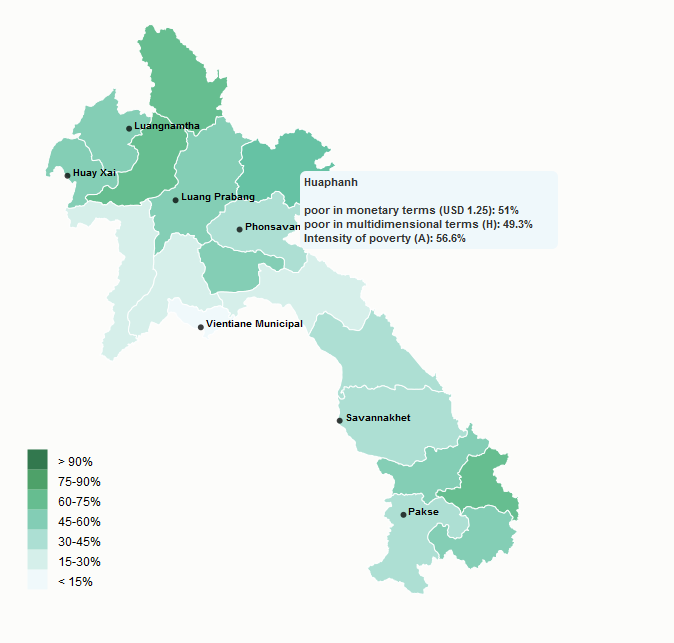Discharge simulations in the Blue Nile Basin for future climate change assessments
To be able to assess impact of climate change on watershed resources, for example the Blue Nile Basin, modelling of hydrology and sediment loss are crucial factors. Therefore calibrated models play an important role in the analysis of future risk and hazard assessment. This PhD in collaboration with the Water and Land Resource Centre in Addis Abeba, Ethiopia is trying to calibrate a hydrological model for the Blue Nile Basin and to apply a changing climate scenario for an assessment of risk and hazard. This blog post shows only an intermediate result of the final research.






